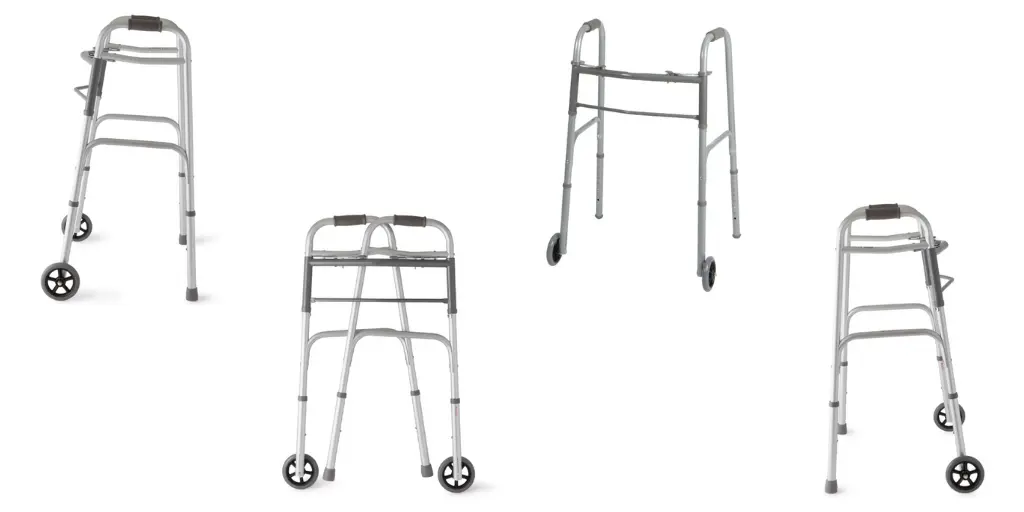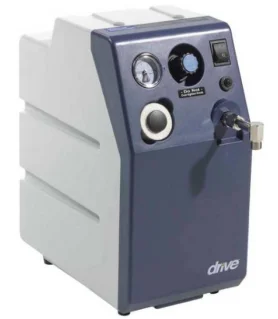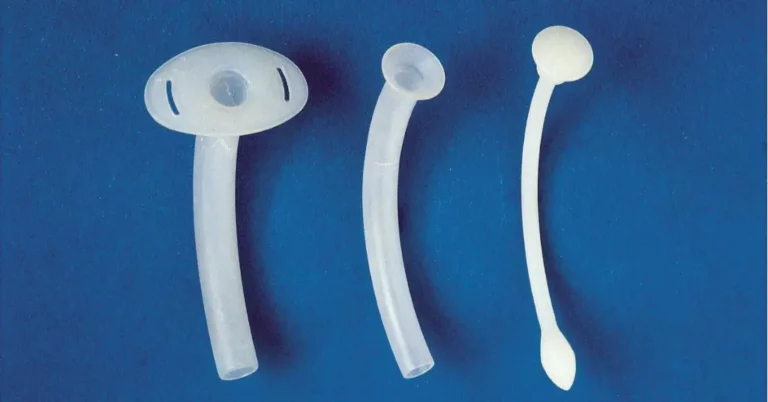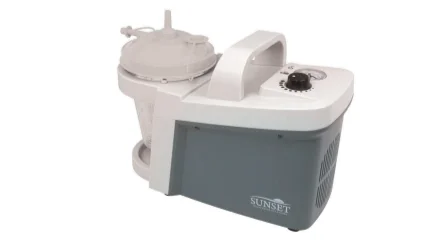Rollator vs. Walker: Which Mobility Aid is Right for Your Daily Life?
Choosing the right mobility aid can significantly impact your comfort, safety, and independence. While many people use the terms “walker” and “rollator” interchangeably, they are distinct devices designed for different needs.
Picking the right mobility aid, whether it’s a traditional walker or one of those popular walkers with seats for seniors (also known as rollators), is super important for your everyday life. Let’s break down the main differences so you can make the best choice!

Key Takeaways
| Aid Type | Primary Benefit | Best For… |
|---|---|---|
| Traditional Walker | Maximum stability and weight bearing. | Significant balance issues or post-surgery recovery. |
| Rollator | Speed, maneuverability, and seating. | Active users needing intermittent support and rest breaks. |
The Traditional Walker: Prioritizing Stability

A traditional walker, also known as a standard or non-wheeled walker, is the most stable and supportive mobility device. It requires the user to lift the frame or use it with two fixed front wheels, ensuring a slow, deliberate pace.
Core Features and Benefits:
- Maximum Support: Provides a full, stable base of support that is essential for users who need to bear weight on the device or who have severe balance impairments.
- Weight Bearing: Excellent for post-surgical recovery or for conditions where weight must be partially transferred from the legs to the arms and upper body.
- Simple Design: Generally consists of a lightweight aluminum frame that folds flat for storage.
- 2-Wheeled Option: Some standard models come with two small front wheels, which allow for easier movement without lifting the entire device, but still require the user to plant the rear two legs for stability.
Choose a Traditional Walker if: Your priority is maximum stability, you need to lean on the device for weight support, or your balance is severely compromised.
The Rollator: Built for Movement and Comfort

A rollator is a wheeled frame that provides excellent mobility and is often the preferred choice for those who are steady on their feet but need assistance with balance or need a resting spot.
The 4-Wheel Rollator (The Standard Choice)
The most popular type is the 4 wheel walker with seat. This model combines support with convenience and is highly favored by many active seniors.
- Continuous Movement: The four wheels allow the user to walk at a more natural pace without needing to lift the frame.
- Seating: The integrated seat provides a convenient place to rest when needed, making longer trips or outings possible.
- Braking System: Features bicycle-style hand brakes that the user must engage to stop the device, which is a key difference from a standard walker.
The 3-Wheel Rollator
The 3 wheeler mobility walker is designed for high maneuverability and tight indoor spaces.
- Agility: With one front wheel, it can easily turn corners and navigate crowded areas like grocery aisles or small apartments.
- Lighter Weight: Generally lighter than 4-wheeled models, making it easier to lift and transport.
- Less Stable: Offers less lateral support than a 4-wheeled rollator or a standard walker, making it less suitable for users with significant balance issues.
The Walker Chair (Transport Combination)
A less common, but highly versatile option, is the rollator/transport walker chair combination. This hybrid device can function as a standard 4 wheel walker with seat but also converts into a transport chair, allowing a caregiver to push the user when they become fatigued.
Making the Right Decision
When comparing the stability of a standard walker against the mobility of walkers with seats for seniors, consider the following factors:
| Factor | Choose a Traditional Walker If… | Choose a Rollator If… |
|---|---|---|
| Weight-Bearing Need | High: You need to lean heavily on the device. | Low: You only need light support for balance. |
| Balance Issues | Severe: You are at high risk of falling. | Mild to Moderate: You are generally steady but tire easily. |
| Environment | Mostly indoors, short distances. | Long distances, mixed indoor/outdoor use. |
| Seating Need | Not required. | Required for frequent rest breaks. |
Next Step: Always consult with your doctor or a physical therapist before purchasing a new mobility aid. They can assess your specific physical needs and recommend the exact type and features (like brake type or seat height) that will ensure your safety and comfort. Your doctor will then need to write a prescription to a Durable Medical Equipment Company, like ourselves at UniversalMed Supply. We will then try to get it covered through your health insurance coverage or go over out of pocket options.
Disclaimer: This information is for educational purposes only and should not replace professional medical advice. Always talk to your doctor or healthcare provider for diagnosis and treatment of any medical condition.
FAQs Rollator vs. Walker
Q1: Is a rollator safer than a traditional walker?
A: A traditional walker (without wheels) provides the highest level of stability because all four tips remain firmly on the ground. A rollator is only safer if you have enough balance and grip strength to control the rolling movement and properly operate the hand brakes. For severe balance issues or the need for significant weight support, a traditional walker is generally the safer choice
Q2: Can I sit down on every type of rollator or walker?
A: No. Standard traditional walkers do not have a seat and are only for support while walking. Most rollators (rolling walkers) are four-wheeled and include a built-in seat, making them excellent as walkers with seats for seniors when intermittent rest is needed.
Q3: What is a 3 wheeler mobility walker used for?
A: A 3 wheeler mobility walker (or tri-wheel rollator) is designed primarily for maneuverability. It is lighter and has a tighter turning radius than a four-wheeled model, making it ideal for navigating tight indoor spaces like small apartments or crowded stores. However, it offers less stability than a four-wheel rollator.
Q4: Will Medicare or insurance cover a rollator?
A: Yes, Medicare (Part B) and many private insurance plans typically cover rollators and walkers as Durable Medical Equipment (DME) when they are deemed medically necessary by a doctor. Coverage usually requires a prescription and is subject to deductibles and coinsurance. Always verify coverage with your specific provider and use an approved supplier like Universal Med Supply.
Q5: How do I know if the rollator is the correct height for me?
A: The handles should be set to the height of your wrist crease when you are standing fully upright with your arms relaxed at your sides. When holding the handles, your elbows should have a slight bend (about 15 degrees). Proper handle height is crucial for maintaining an upright posture and preventing back strain.



